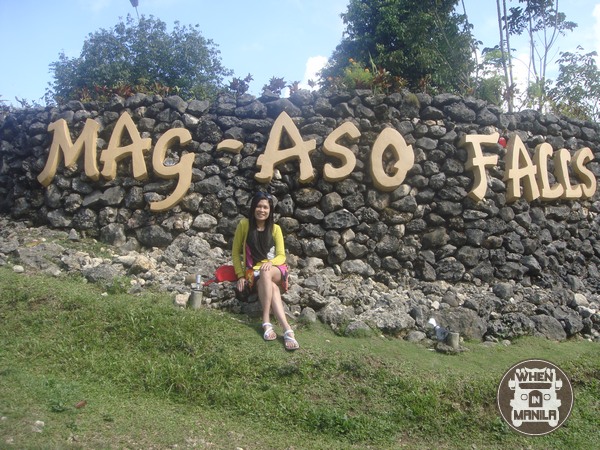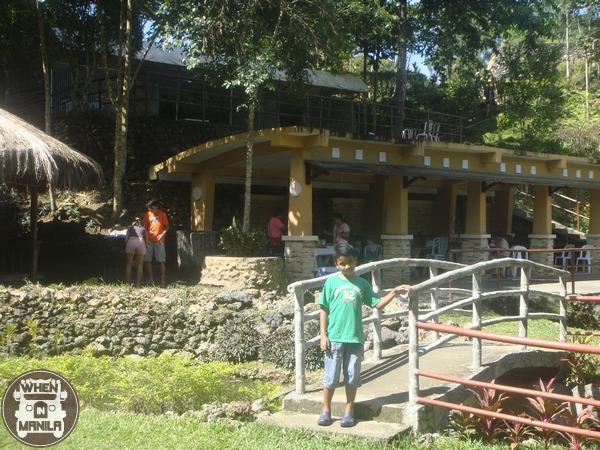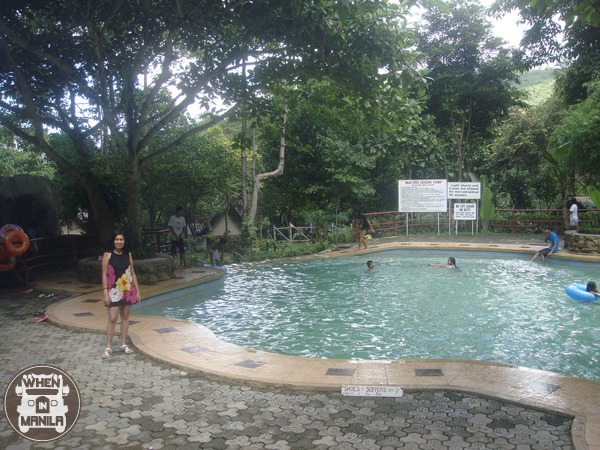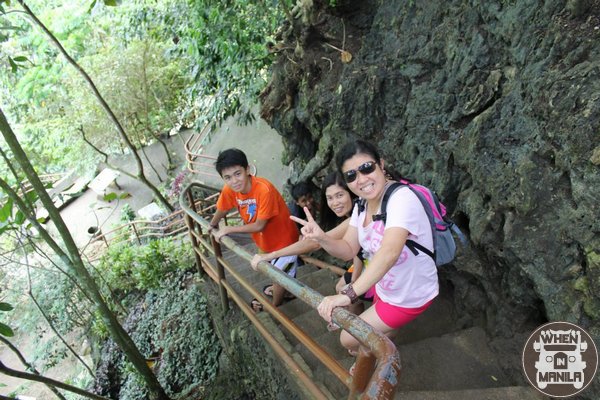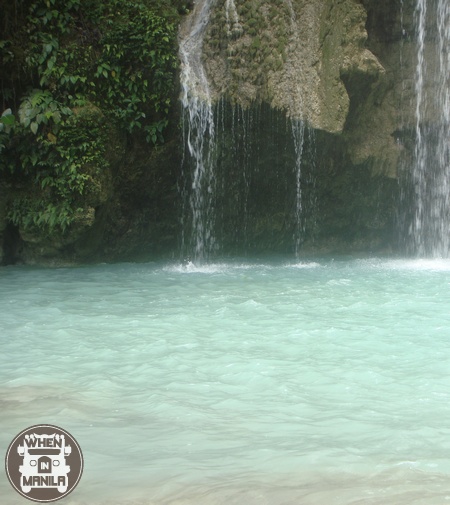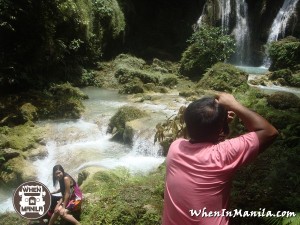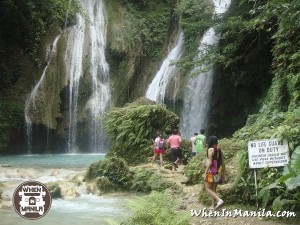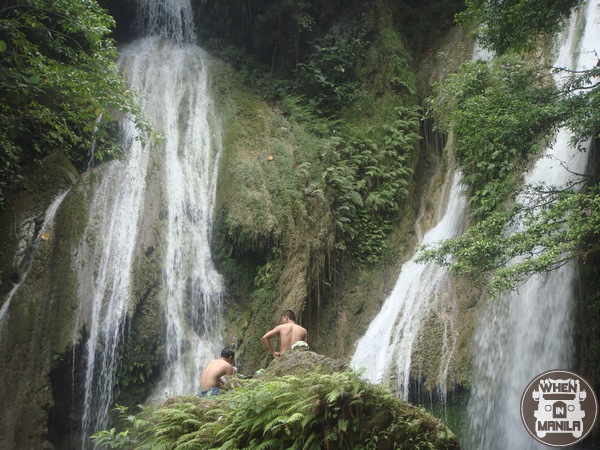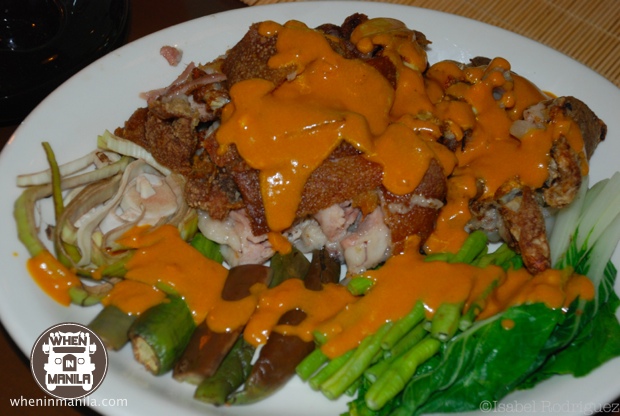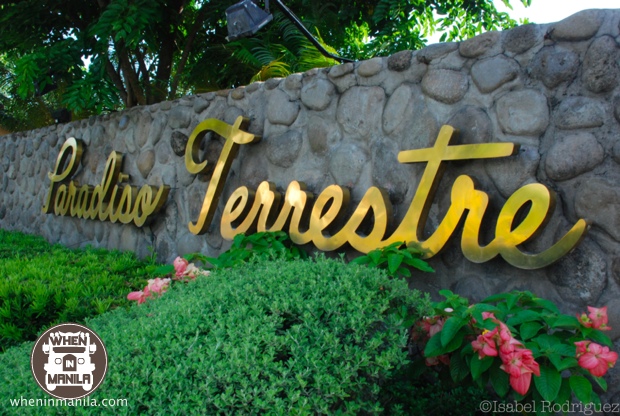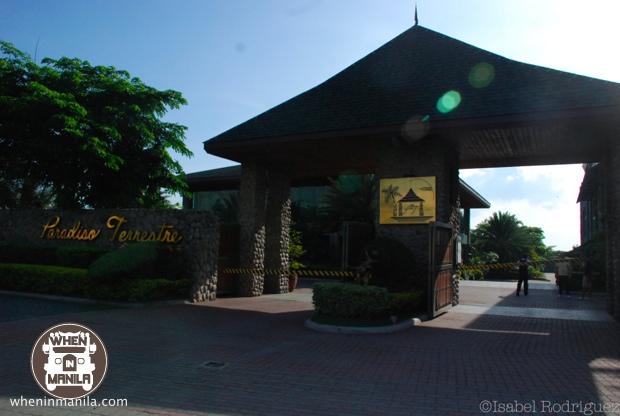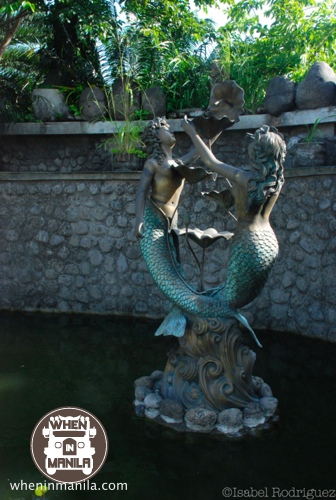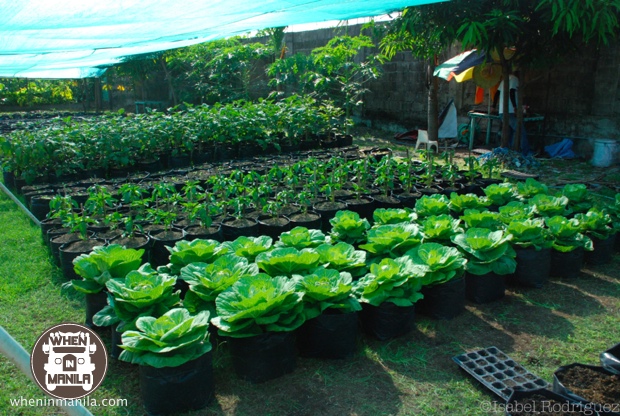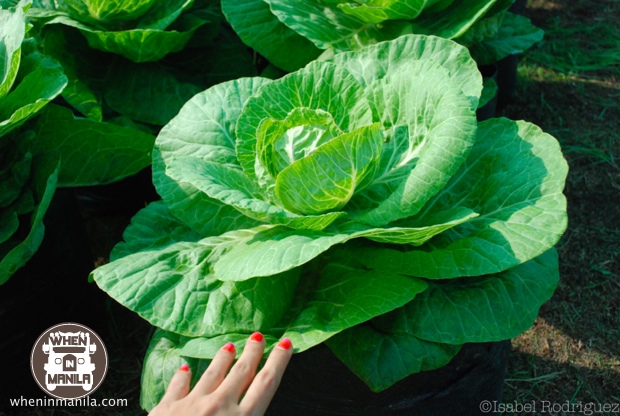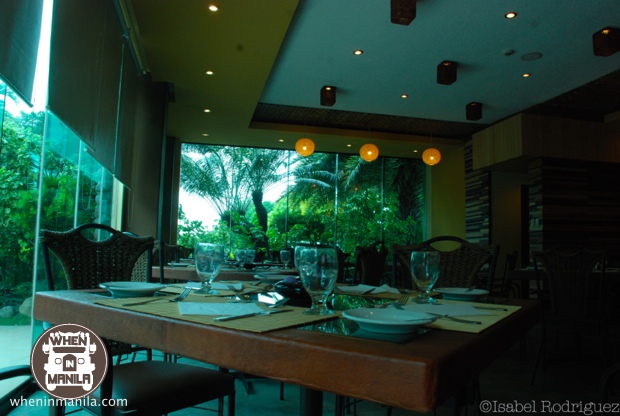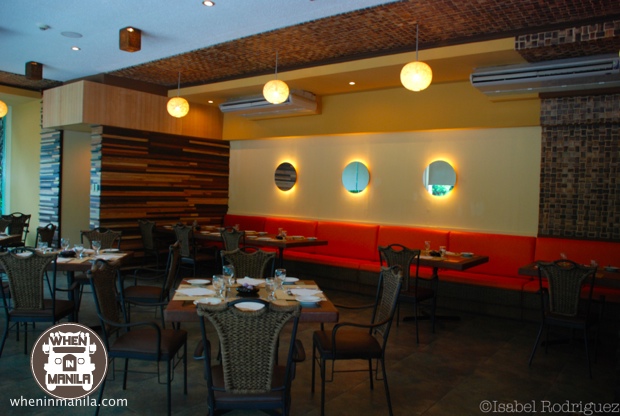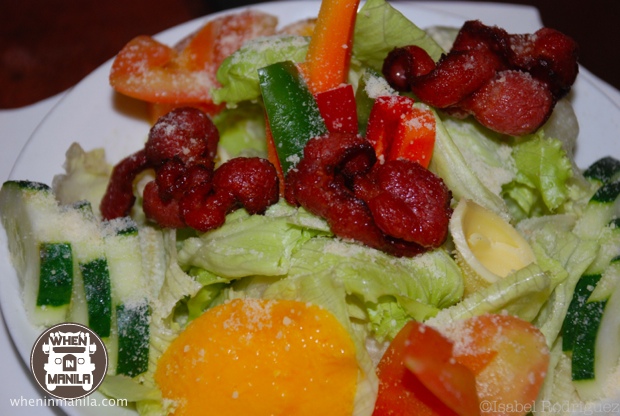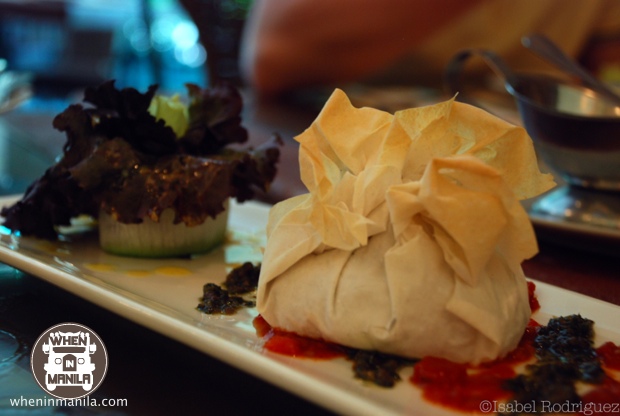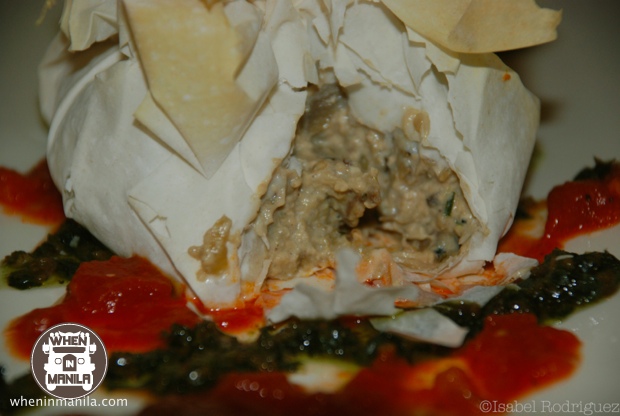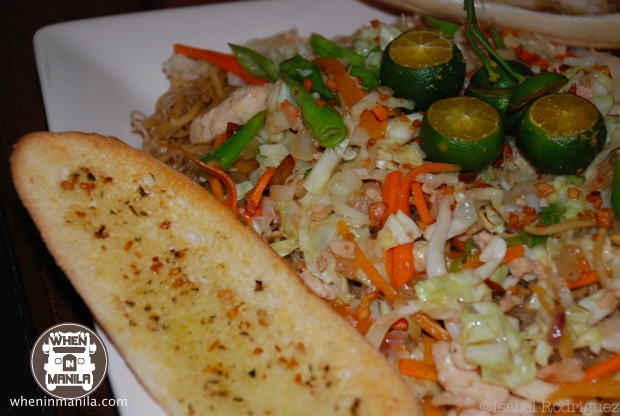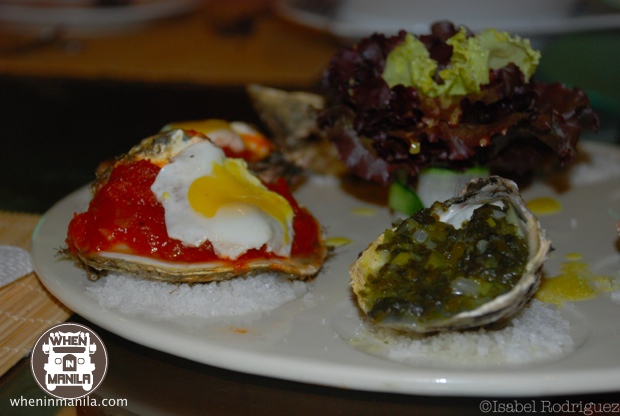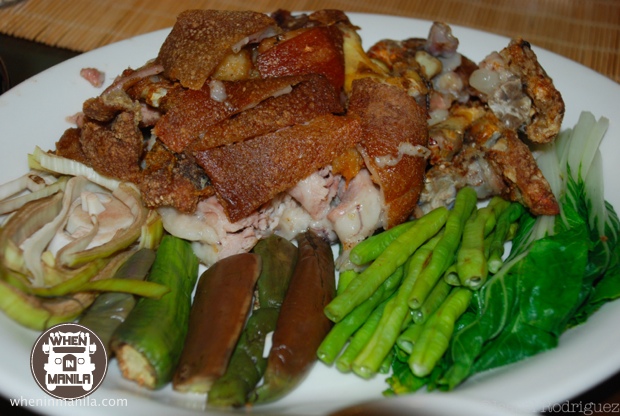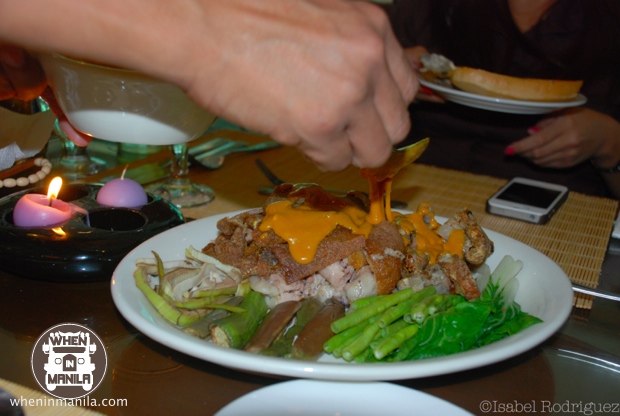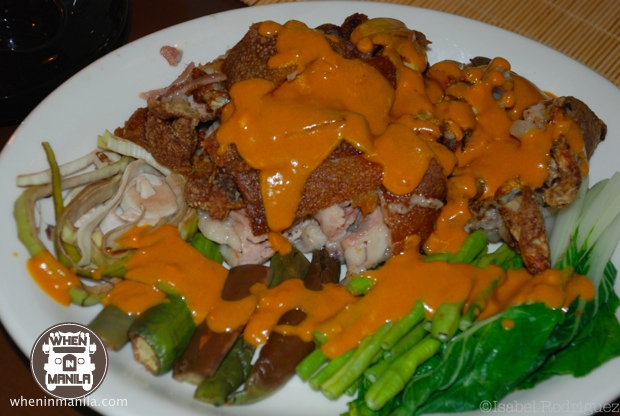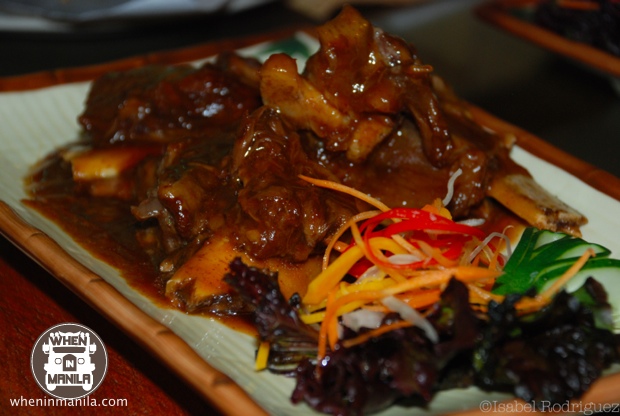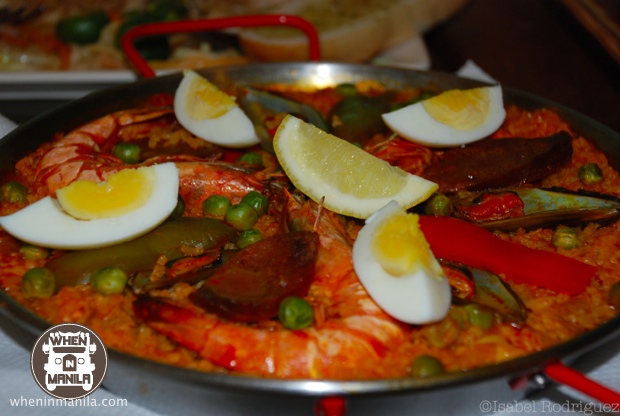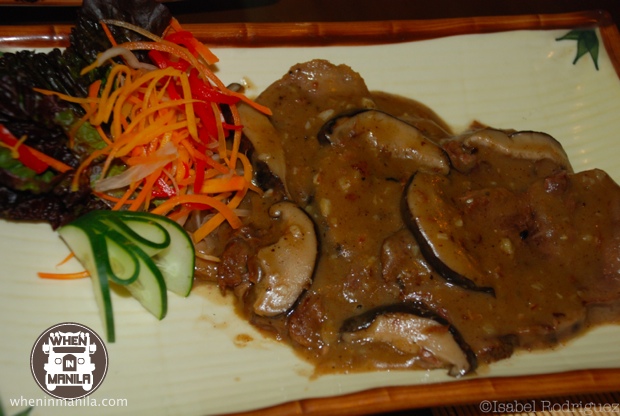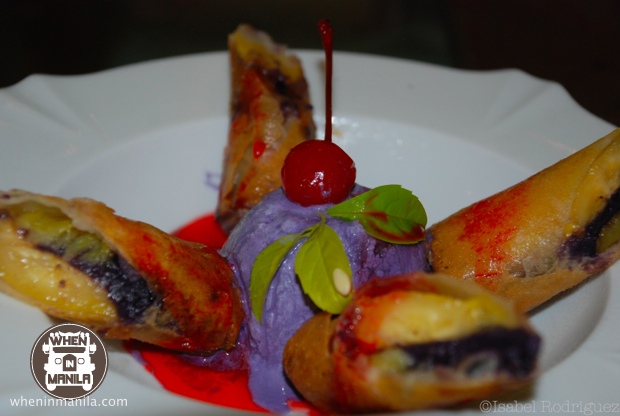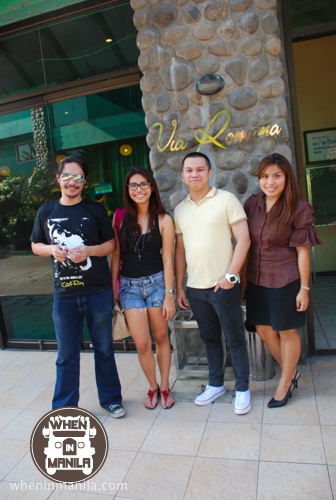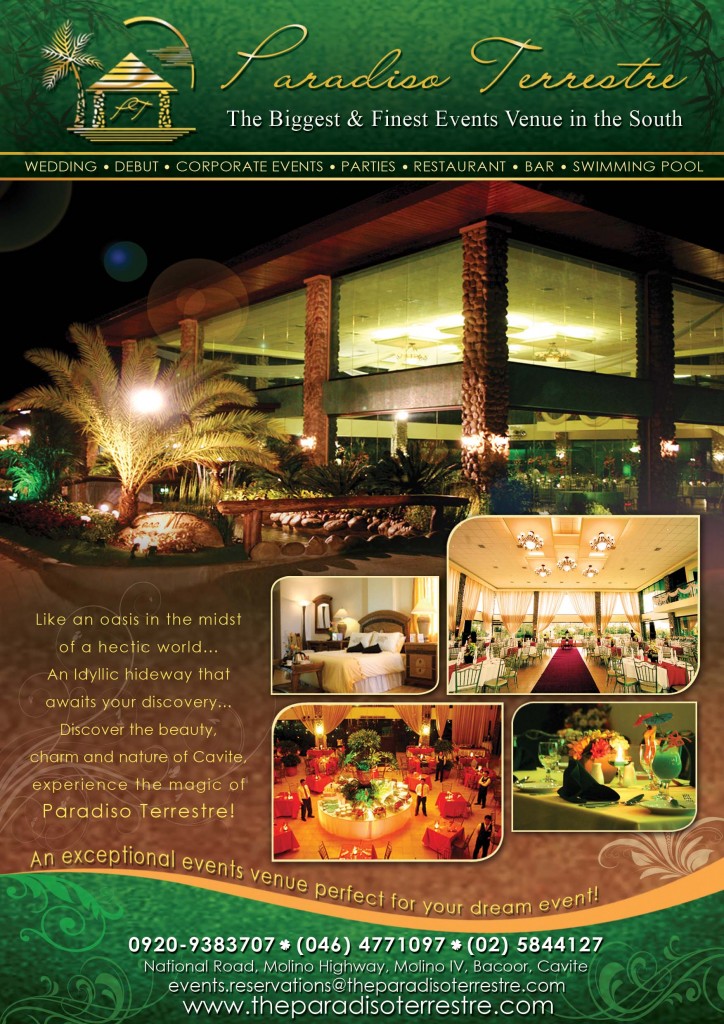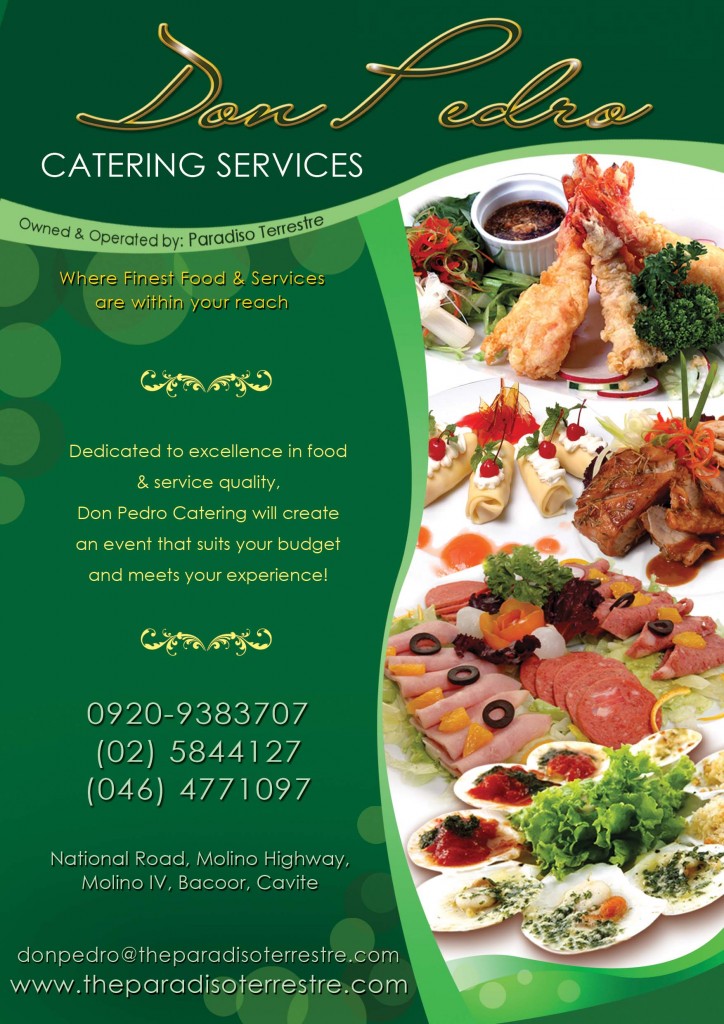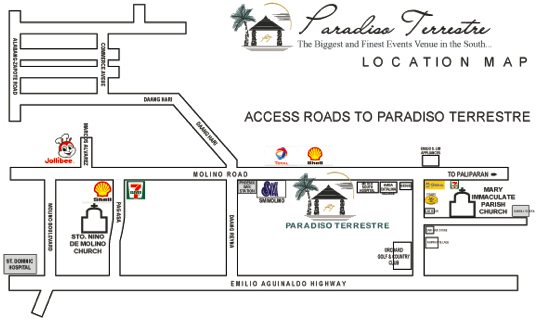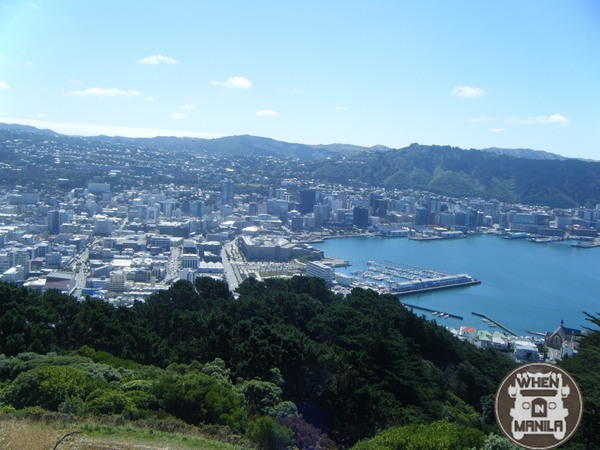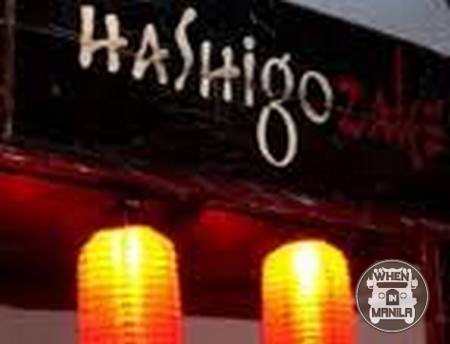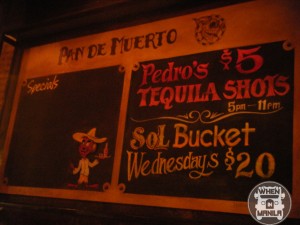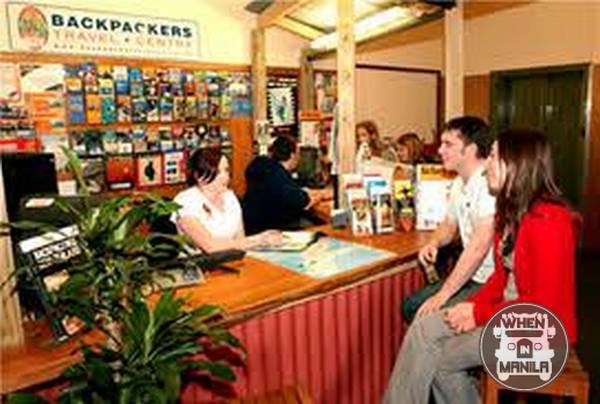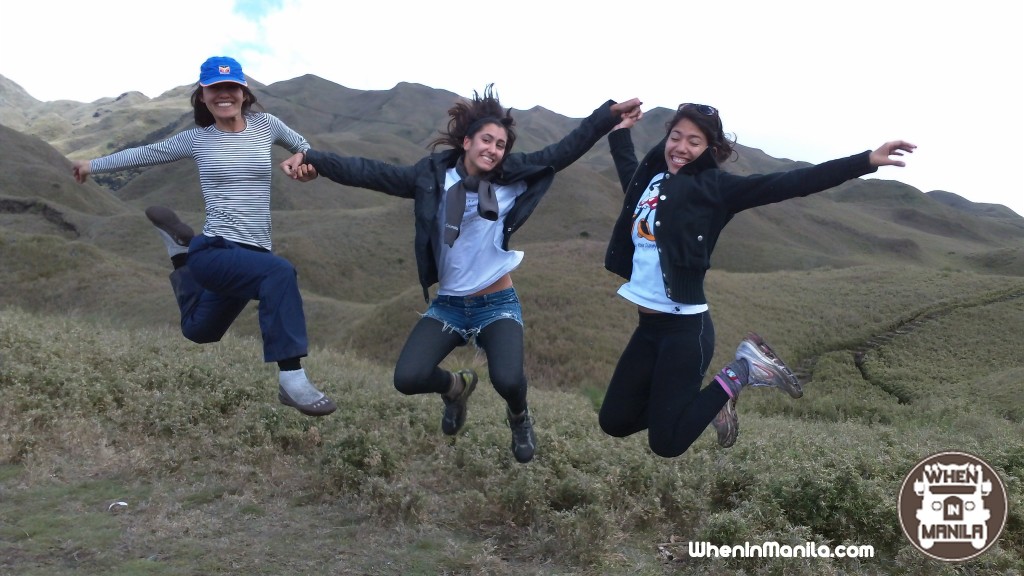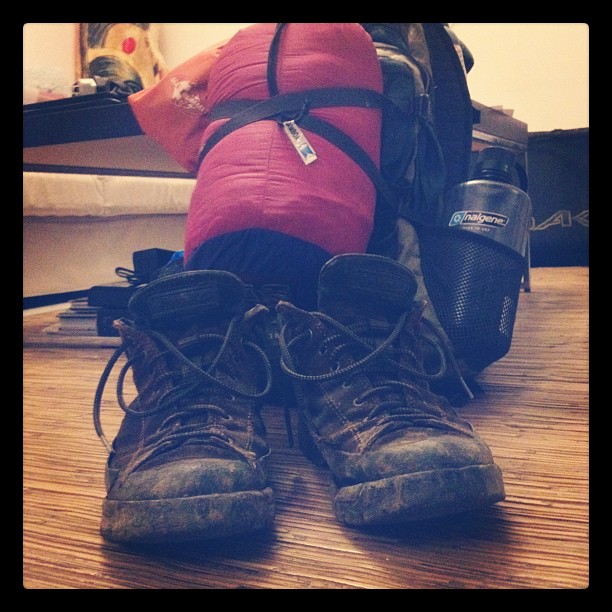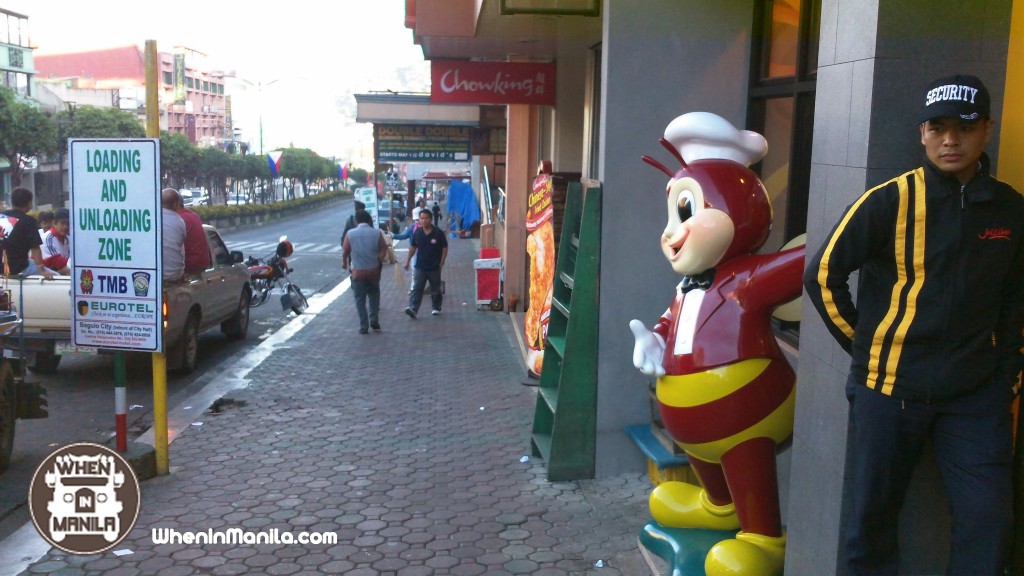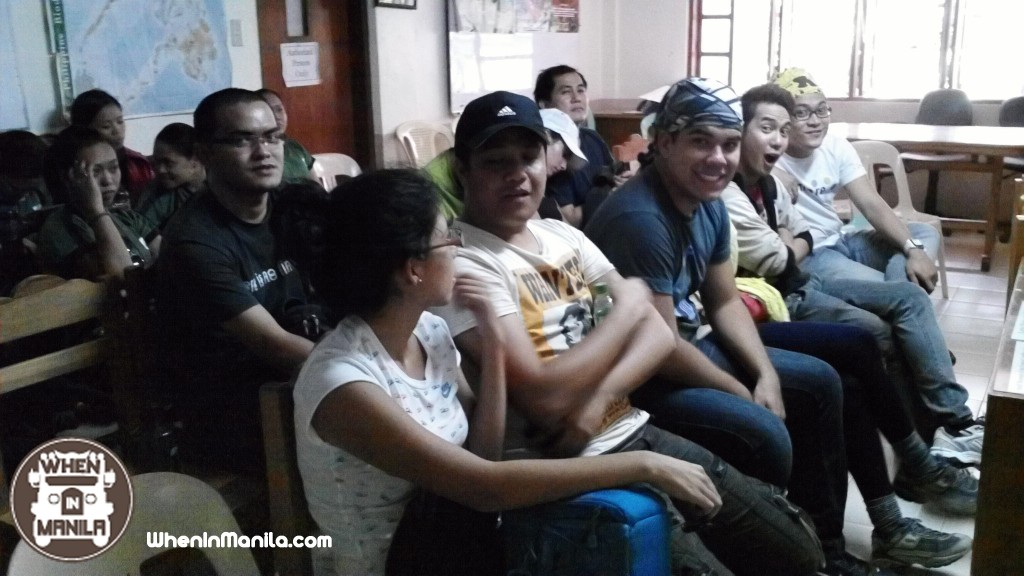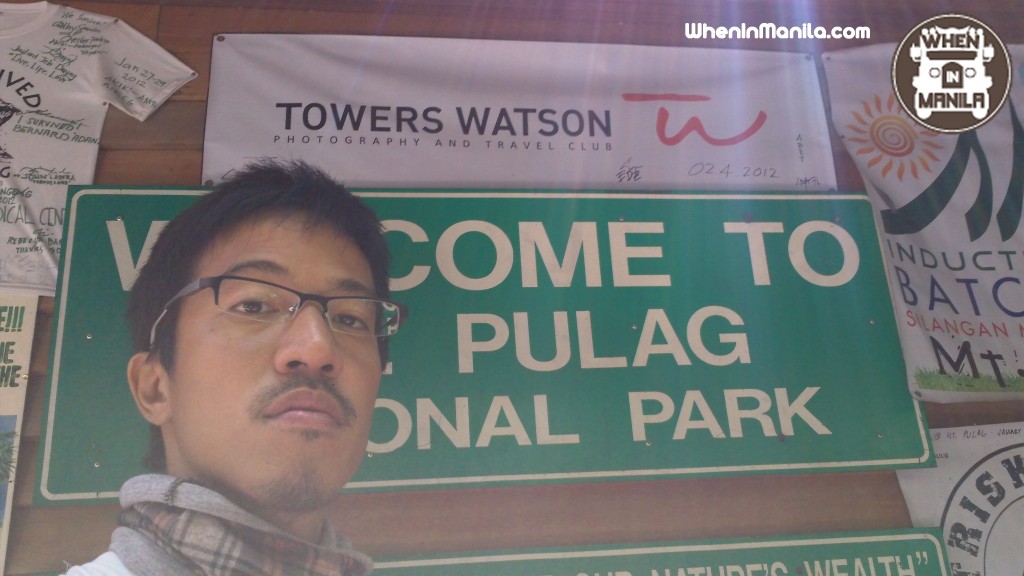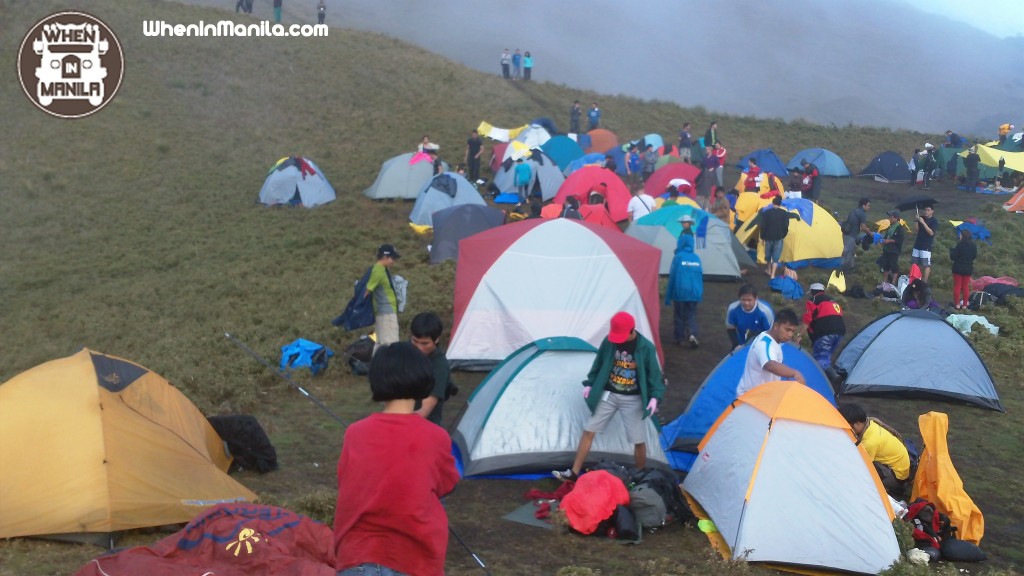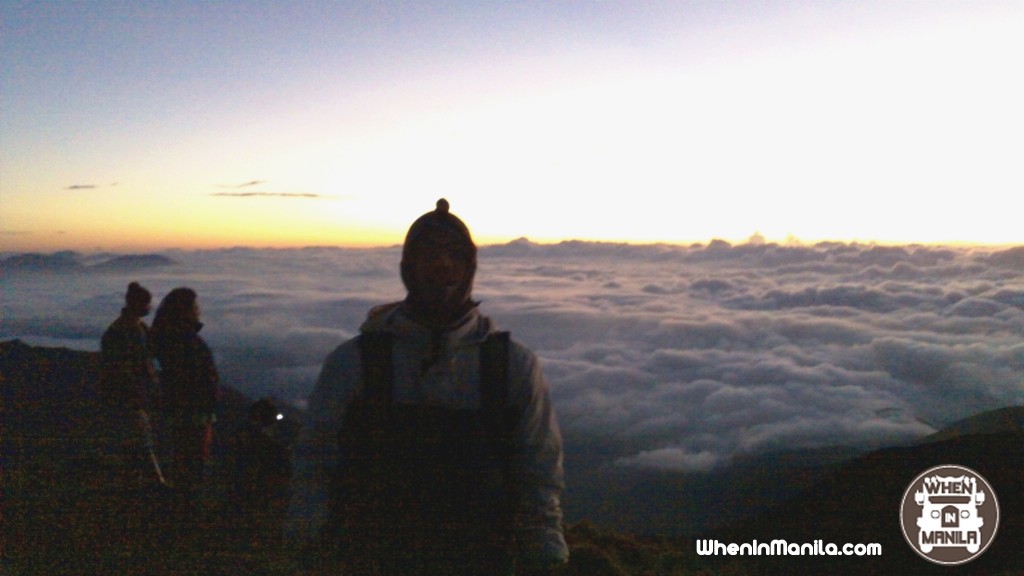When In Manila, more and more people are heading out into the mountains and beaches of our beautiful jewel of the Pacific.
Whether you just want to reinvigorate your senses in the cool air of Tagaytay or Baguio (not so much the latter as of late, thanks to SM and rampant, unregulated development), or unwind and soak up some rays on the white sands of Palawan or Boracay, or if you’re an adrenaline junkie and want to learn to ride some waves in La Union, Baler or Siargao, or wakeboard in CamSur or dive in Anilao, or challenge yourself in the caves of Sagada…there’s something for everyone.
It truly is more fun in the Philippines!
For this post, I’ll be providing you with the first mountain travel guide here on WhenInManila.com. I joined a group of first-timers to conquer the second highest peak in the Philippines: Mount Pulag. To start off, it’s time to get prepared like a proper boy scout.
What You’ll Need:
Watherproof clothes: A jacket that will protect you from the cold, as well as a raincoat. Weather is unpredictable so you have to be prepared. Gloves, extra socks, leggings/thermal underwear, a scarf/beanie (unless you have a high tolerance for cold, you need these).
Packs: North Face’s Flight series comes with a pull out rain cover which is essential for keeping your pack dry. Columbia also has good day packs. If you’re on a budget, just borrow, or get Tribu, Sandugo or Conqueror which are cost effective and of good quality.
The Gear
A good pair of trekking/hiking shoes. Again, North Face, Columbia, Timberland have good selections. Sandugo and Tribu are also good if you’re on a budget but still want quality and durability.
Energy bars: Something to keep you going during the hours and hours of hiking.
Water: Nothing like good old H20. Don’t need to bring more than a 1 or 2L thermos or platypus as there are fresh mountain springs to refill with along the way. Nalgene and Columbia thermoses are shatterproof.
Headlamp: For the dawn hike to the summit. You’ll need your hands, but a flashlight will also do.
Food: Bring it packed (you can buy packed lunches on the way up to the Ranger’s Station) or ready to eat/cook. Of course, to cook you’ll need to bring a portable stove, utensils, etc. Bring for dinner and breakfast.
A tent and a sleeping bag: Good tents and sleeping bags by Coleman, although I’m sure there are a lot of other good ones there, these are just the ones I used. An earthbed is also recommended (although I didn’t have one) because the cold really seeps in from the ground.
Money: About Php3000 for transport, food, porters (optional), park fees.
Where You’re Going:
To reach the summit, you have a choice of two routes: the Ambangeg or Akiki trail. For beginners, the Ambangeg trail is recommended. It’s this trail that our wussy group took.
This is the well established and considered the main or “celebrity” trail going to Mt. Pulag. Vehicles can negotiate the trail all the way to the Ranger Station which is the entire Ambangeg Trail. Still others can choose to hike the entire trail.
The DENR office and the Ranger station are located along the trail, a few meters from the park entrance. From there, the Mt.
Pulag base camp is a 4-km hike along the well-paved trails with a convenient rest stop waiting shed. From the base camp, the summit is just a 45-90 minute hike away.
source
Pulag Mountain Travel Guide: 5a breakfast stop at Jollibee Session Road
Akiki Trail
The Akiki trail is a more challenging route to Mt. Pulag, dubbed as the “Killer Trail” by mountaineers because of its steep slopes. It requires 10-11 hours to reach the summit from this trail, whose up-and-down paths pass by Eddet River (2 hours) where one can camp, rest, and bathe, and continuing across steep, scenic pine-covered slopes to what is dubbed as Marlboro Country (4-hours), so-called because its brown, wide landscapes evoke those seen in the cigarette commercials. Just like the other trails to Pulag, this trail would then pass by the montane forest (3 hours) until reach the grassland area. After the challenging trek, the summit views are rewarding, and the saddle campsite affords a closer access to the summit, being just 15 minutes away.
source
Pulag Mountain Travel Guide: Orientation at the Pulag National Park DENR Station
Getting There:
2100: Meet up at Victory Liner station at EDSA Cubao
Day 1
0400: Arrive at Baguio City. Have breakfast then hire a jeepney. You can see a group of them waiting outside the Victory Liner terminal. Round trip is about P700 per head.
Pulag Mountain Travel Guide: Other mountaineering groups commemorate their ascent of Pulag by leaving their IDs and team banners at the DENR Station on the way down.
0800: En route to Kabayan, Benguet. Stop over at Ambuklao Dam for sightseeing. There’s also a food stop where you can take an early lunch or have a pack lunch to take with you.
0900: Orientation at the Mount Pulag National Park DENR station.
1400: Arrive at the Ranger’s Station. This is the jump-off point for the hike for poser mountaineers like myself. Before there were jeepneys running these trails, people would hike from the DENR station! We had a late lunch here, and as it had started to rain, you can also buy some trash bags for less than Php20 since some in our group didn’t have raincoats.
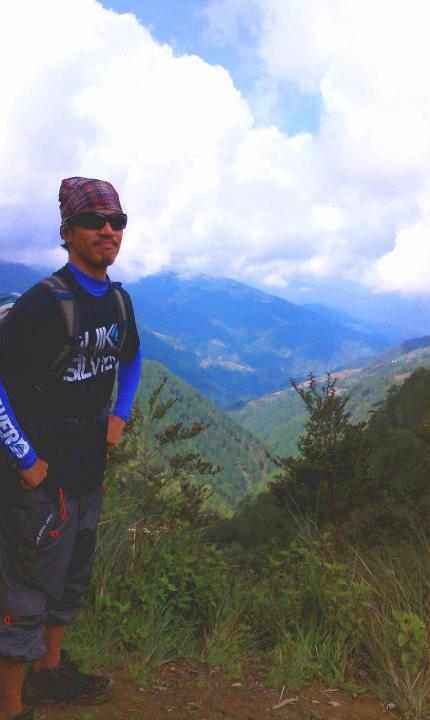 Pulag Mountain Travel Guide: My pack’s not heavy at all. Really.
Pulag Mountain Travel Guide: My pack’s not heavy at all. Really.
1700: Arrive at the camp site!
1800: Dinner of cheese, bread, dried pork, and would you believe, carbonara?
2000: Lights out.
Pulag Mountain Travel Guide: The bigger the tent, the more bodies you can pack in it to generate more body heat (at night, temperatures drop to as low as -4°C!) Spot our giant tent which can hold six.
0300: Wake up and hike for an hour and a half in pitch darkness to the summit.
The Payoff:
Pulag Mountain Travel Guide: Summit sunrise above the clouds!
Pulag Mountain Travel Guide: Aching body, sweating and freezing at the same time, lacking sleep, no breakfast. This is what victory tastes like!
Pulag Mountain Travel Guide: Jump shots are mandatory (and not lame) at this altitude!
After enduring the freezing bus ride, getting our brains rattled inside a jeepney for a few hours, the cold, the fatigue, the hunger and thirst, the seemingly endless trek up steep rocky inclines, at one point the motorcycle I hitched I ride on wiped out when it hit a patch of mud, and not to mention the swarms of flies (these are from the mounds of fermenting cabbage which the locals leave alongside the road which they’ll later use as fertilizer for their crops–yes it smells pungent), you are scramble up that final few meters with all your might and are given something new.
Sitting on the top of the mountain, higher than I’ve ever been before, with the air cleaner and fresher that I could ever imagine, with a thick blanket of clouds below me, I am greeted by a sunrise unlike any I’ve seen before. As the sky below me starts to glow and become suffused with color, and the sun peeks its golden crown and the first rays of sunlight touch my brow, all my weariness melts away.
After a few minutes, the moment passes. You snap a few more photos and then head back down. Over twenty four hours (up and down) of hardship for a spectacle that lasts just a few minutes?
It was totally worth it.
When in Cebu City, please visit
gregmelep.com for your real estate and retirement needs.
Avail of the opportunity to own a condominium unit in Cebu City for only P12,000.00/month with its own parking lot. Hurry while the supply of units last. Just call the Tel. Nos. shown below.
Tel. Nos. (032)555-8464/09164422611/09173378637
Pulag Mountain Travel Guide: Enjoy a short video of the trip

